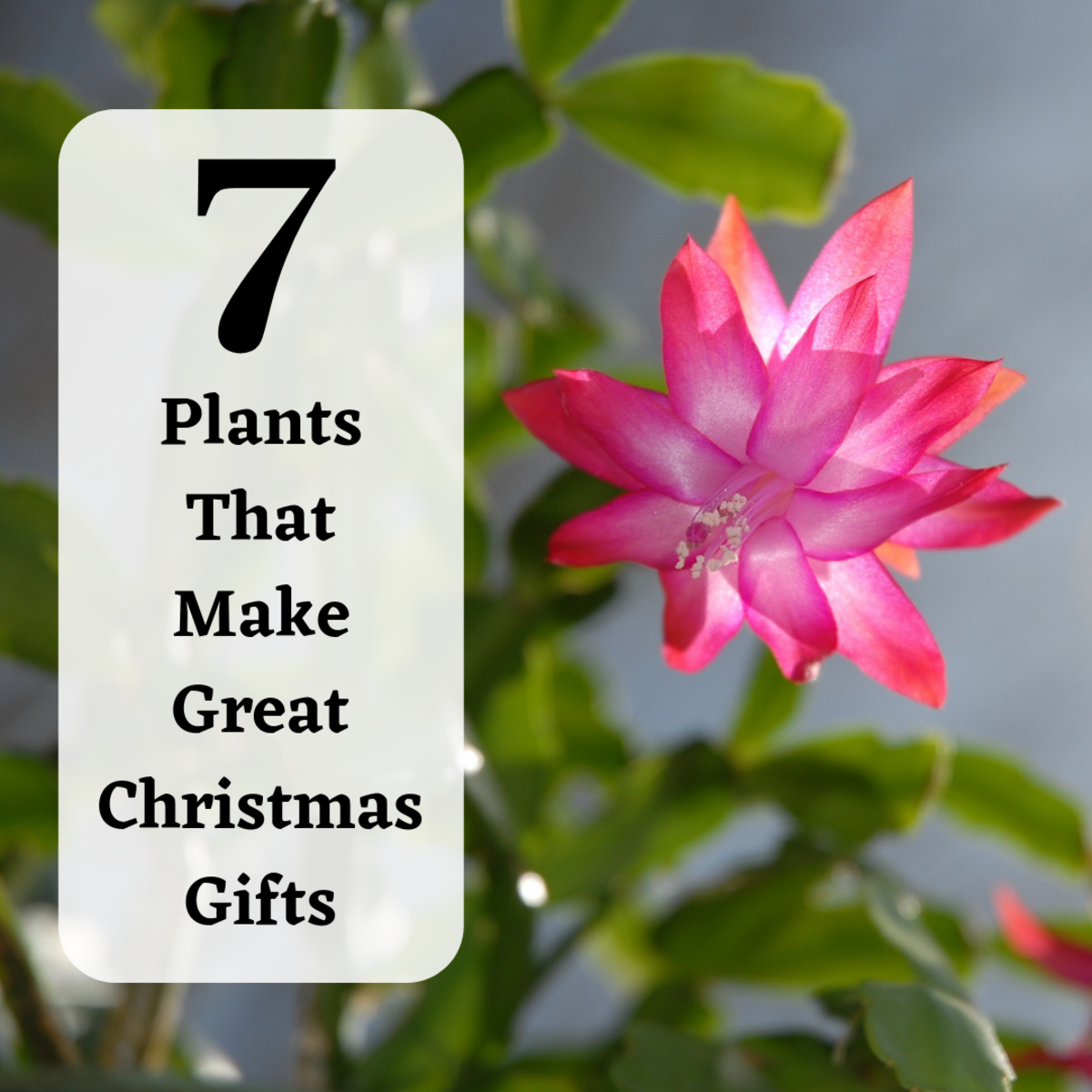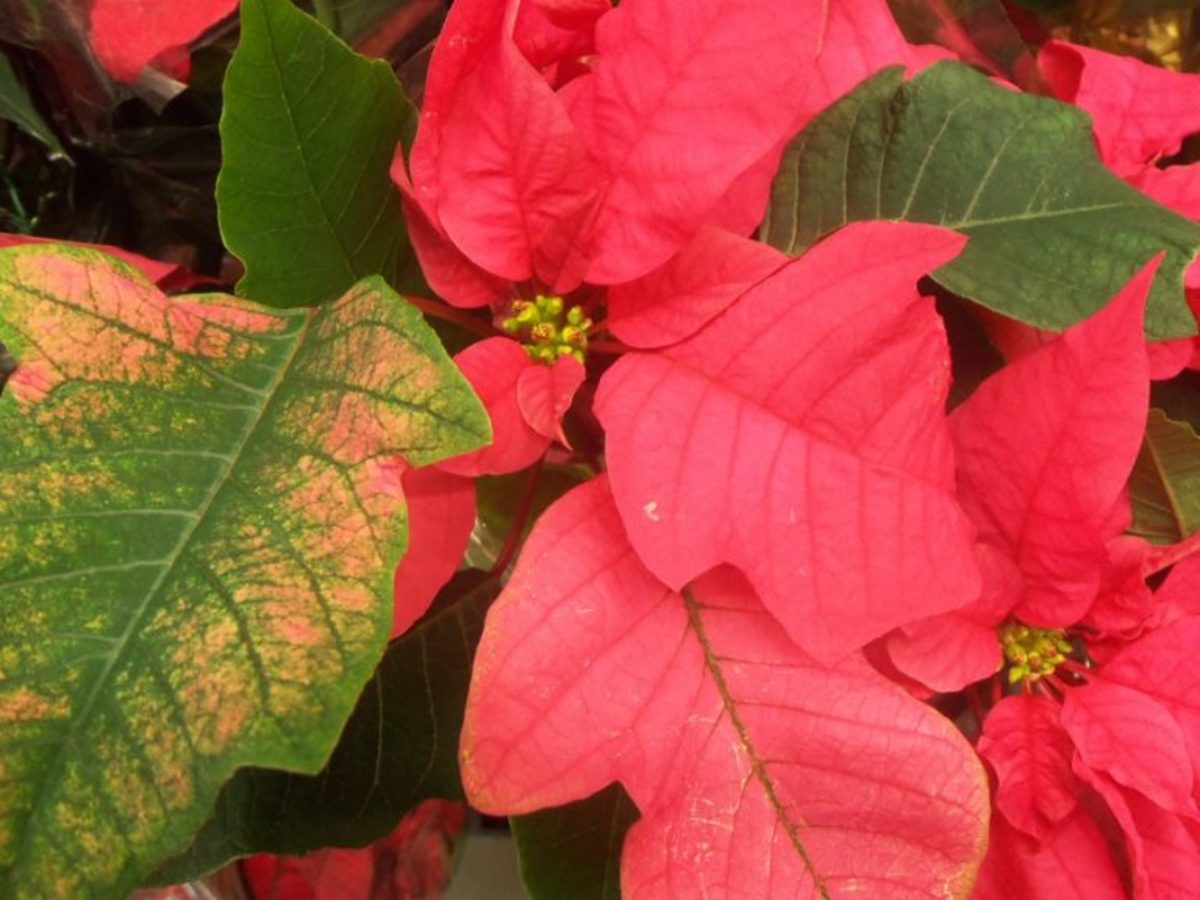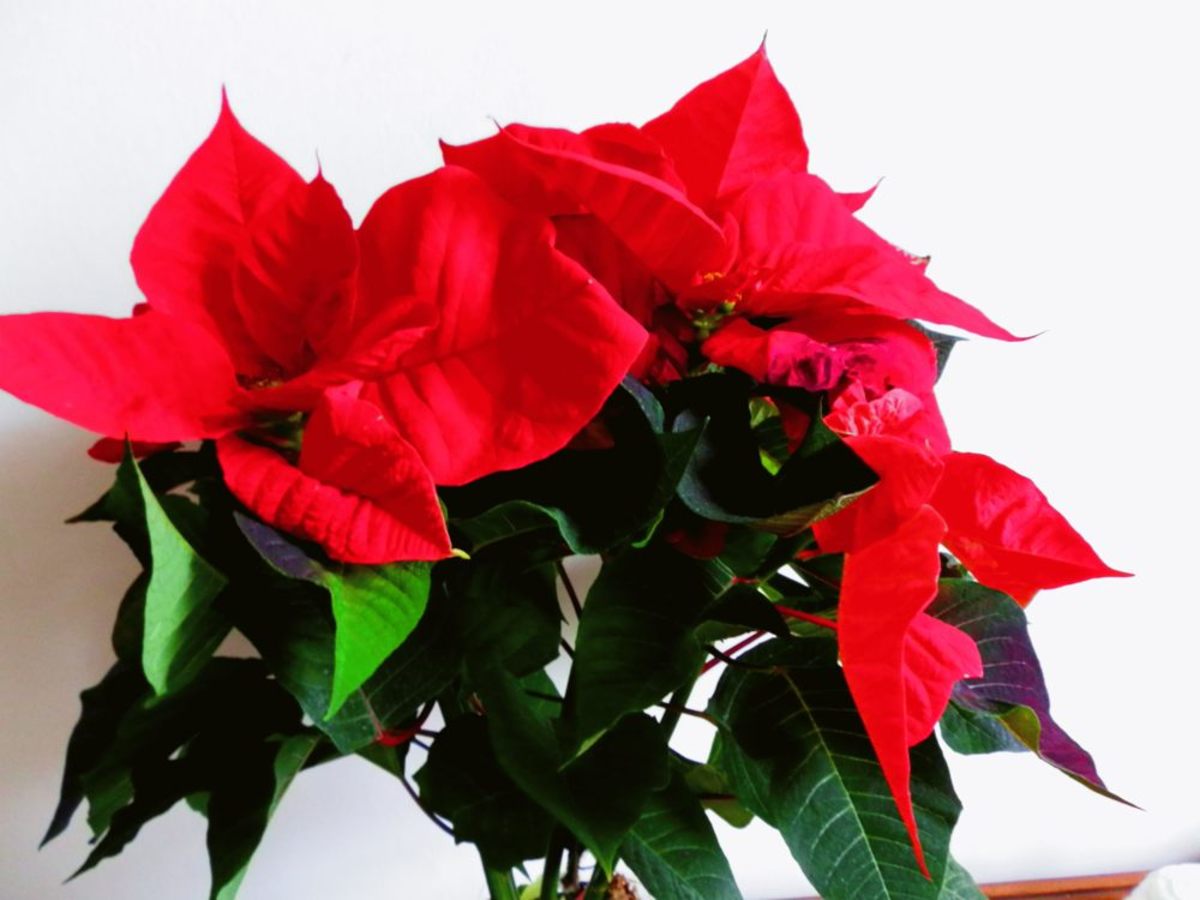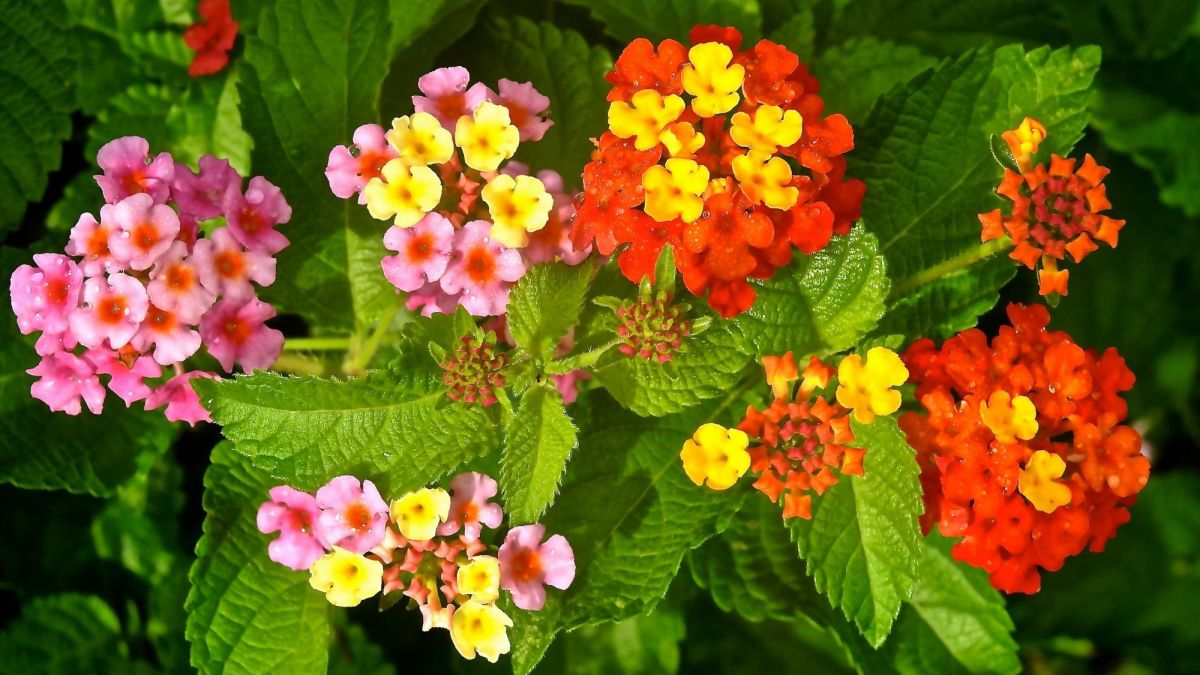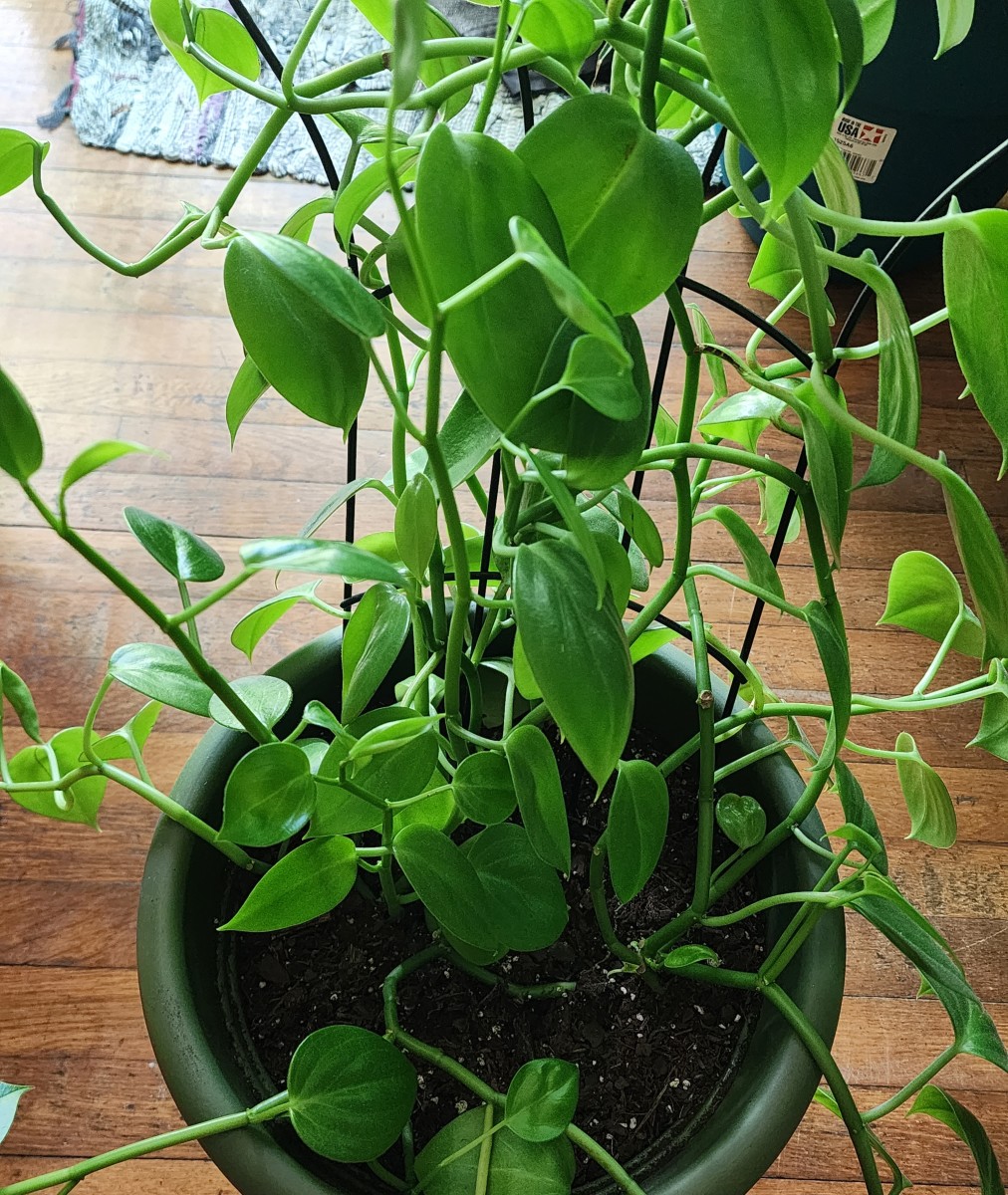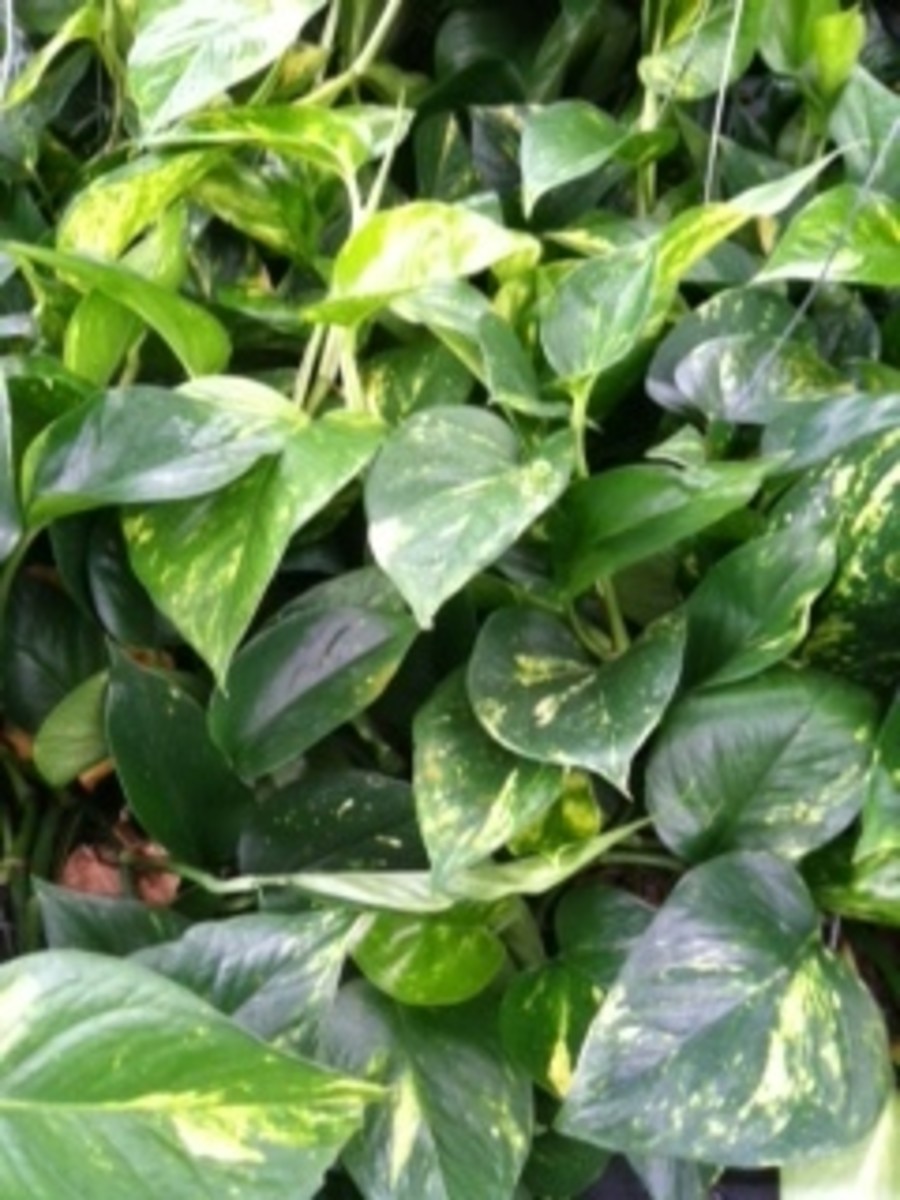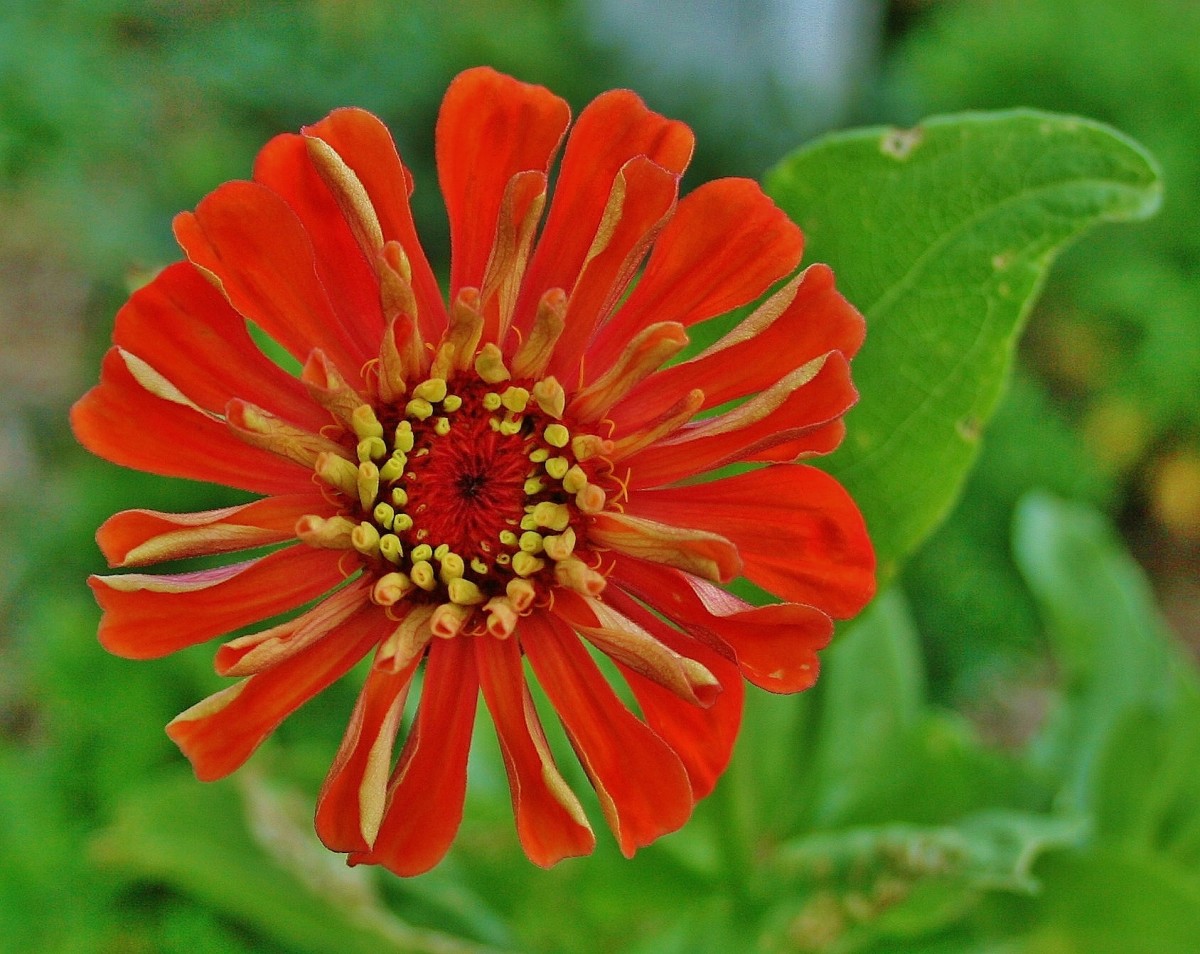- HubPages»
- Home and Garden»
- Gardening»
- House Plants
How to take care of your Christmas Holiday Poinsettia
Pictures of Poinsettias. Ready for the up and coming Christmas Holiday.
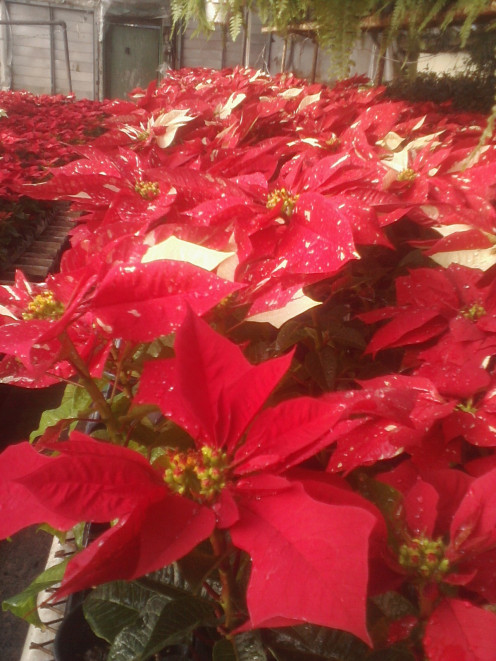
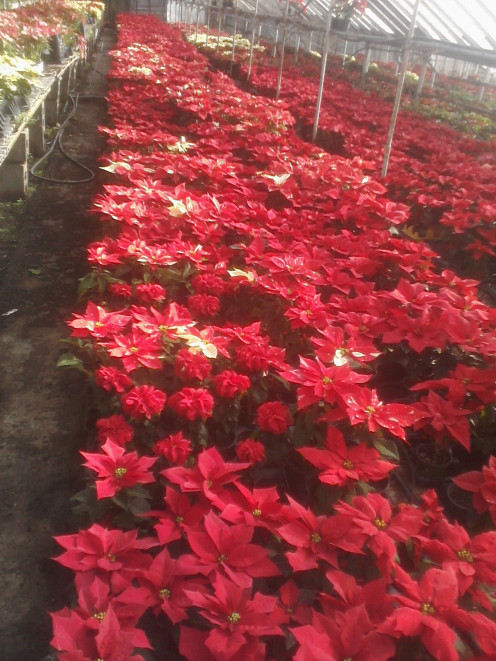
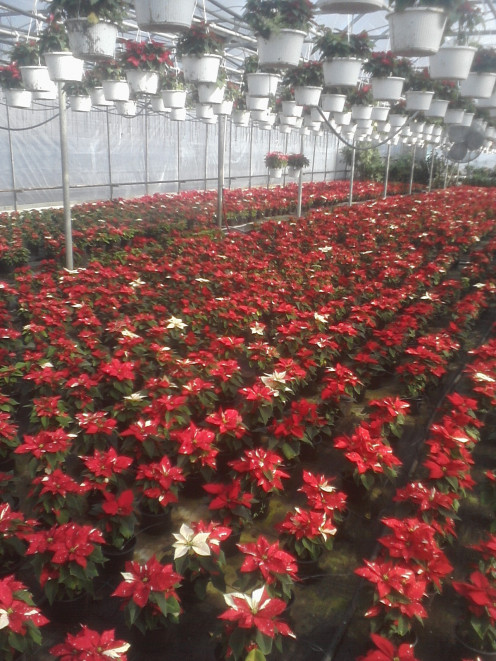
What colors of Poinsettias do you buy?
What colors of Poinsettias do you buy? Red,Pink,White,or Bicolor.
Poinsettias Hub
How to care for your Christmas Holiday Poinsettia
Hi Gardening Friends
Here is culture information that can help you with taking care of the Poinsettia that you receive as a gift or you brought for someone or yourself for the Christmas Holiday Season.
Common Name: Poinsettia; Botanical Name: Poinsettia Euphorbia pulcherrimam
The Poinsettia Euphorbia pulcherrimam is a native of Mexico. It is a handsome plant suitable for cultivating for winter display but it requires quite different care from that recommend for the succulent kinds of Euphorbia. The Poinsettia is popular for garden decoration in the far South. There it may be planted outdoors and will grow into a large, shapely bush which produces very handsome heads of red, pink, or creamy white bracts. In one form, the so-called "double-flowered Poinsettia”, the bracts are much more numerous than in ordinary kinds and remain attractive much longer.
In colder climates the Poinsettia is more familiar as a single-stemmed plant with a single head of bracts which are in beauty at the Christmas Holiday season. For that time of year it is one of the most popular florists potted plants. Also you can keep it as a potted plant after the Christmas season and when it warms up you can put the Poinsettia out in a larger pot or plant the plant in the ground. You could have this plant for many years if you follow what I say in the article below.
Things to consider
Here are four things you need to do to be successful with taking care of your Poinsettia that you get for Christmas as a gift or that you buy for someone as a present.
Step no. 1
Light
Bright locations are preferred by your Poinsettia. You can place the Poinsettia near a sunny window. This means bright light. Place your hand 1 foot above the area you've chosen as its home-you should get a definite shadow. The ideal light is 500 to 1000 foot candles.
Step no. 2
Moisture
Soil that is moderately moist is best but you should avoid very wet soil for your Poinsettia.
How to tell when your Poinsettia needs to be watered again? Here is how you can tell when to water your Poinsettia that you get for the Christmas holiday. Poinsettias that are potted and have drainage can be checked the by taking your finger and touching the soil surface. If the soil sticks to your finger then the soil is still wet and you don't need to water the plant. If the soil is dry and doesn’t stick to your finger, you will need to water the plant.
Step no. 3
Temperature
Temperatures in most homes are acceptable, but very warm locations will greatly improve the lasting quality; 70 degrees to 75 degrees F days and 62 degrees F at night are ideal. Don't put your Poinsettia in an area subject to cold or warm drafts and avoid excessively hot or cold locations.
Step no. 4
Fertilizer
If plants are to be kept for long periods of time you can use a general purpose house plant fertilizer at the manufacturer's suggested rate and frequency. Fertilize the plants weekly during the growing season with Miracle Gro or Peters Houseplant Fertilizers, as examples.
Step no. 5
What to do after the flowering plant is done blooming and the holiday is over
After the holidays, keep the plant watered and evenly moist. Don't drown your plant just keep it moist. Don't place your Poinsettia in direct sunlight. Keep it in a place in your house were it gets bright light and out of cold and hot drafts.
In May, the Poinsettia should be pruned to within 6-8 inches of the soil, the soil kept dry with low light levels and at a temperature of 50-55 degrees for several weeks. All cuts for pruning should be made at 45 degree angles. When you cut your plant it will bleed a white milky substance. This is common with Poinsettias, in a few days the wounds will heal up and the plant will be back to normal. The cuttings (from pruning) can be used to grow a number or new Poinsettias. Plant the cuttings (shoots) in something like a commercially available Pro Mix seed and seedling starter. When the shoots are 4 inches long, they should be inserted in a propagating frame in a greenhouse at a minimum temperature of 65-70 degrees. As soon as the cuttings are rooted, the plants are potted and placed on the greenhouse bench at a minimum temperature of 60 degrees;
In June, growth of the main plant is started by watering and keeping it in a sunny location. Then re-pot as required until in a pot 6-7 inches in diameter or several may be planted together in large pots. The soil should be similar to Pro Mix which is a Commercial mix that you can get at your local Garden Center.
Do this until the weather outside is warm enough to put the plant outside (June). You can re-pot the plant in a bigger container or if you want, plant the Poinsettia in the ground and dig it out in the fall when danger of frost comes (September). Then you can re-pot the plant and take it indoors, i.e., after the growing season has ended.
After you take your plant back into the house, put the plant in an area where you get just daylight; no artificial light. The Poinsettia blooms because of the shorter days. If you keep your plant out of artificial light and just day light starting in September, when you bring your plant back inside, your Poinsettia should bloom again.
Here are some Novelty Cultivars that you may be interested in buying
One of the today’s best standards of Poinsettia is the Eckespoint Freedom poinsettias which comes in a full range of colors; red, pink, white and bicolor. Eckespoint Freedom flowers in a response of eight weeks and has dark green foliage. Freedom initiates flowers earlier than most other cultivars and comes into full bloom around November 15 to 20. Eckespoint Freedom poinsettias have dark red bracts and a short to medium growing height. This Poinsettia is the most popular cultivar in North America.
I will suggest a number of varieties of Poinsettias that you can look for at your local garden center.
- Eckespoint Freedom Marble Freedom Marble is a sport of Freedom with pink-and-white.
- Eckespoint Freedom Jingle Bells. Freedom Jingle Bells is a bicolored sport of Freedom with red bracts with light pink flecks. The flowering time, plant height, and cultural requirements are the same as for Freedom.
- Bevelander's Marblestar. Marblestar has a nice bract color variation, a rich pink spreading to a cream margin-perhaps the best of the marbles.
- Dahlqvist's Noblestar. Noblestar is an exciting new shade of coral that does not fade under high light and temperatures.
- Gutbier V-17 Angelika Marble. Angelika Marble is a sport of Angelika with large, pink-and-white bicolored bracts.
- Eckespoint Lemon Drop. Lemon Drop has golden yellow bracts. It is compact and slow growing, making it ideal for smaller pot sizes.
- Pelfi Dark Puebla. This is a late-season marble with two shades of pink and cream, creating an excellent color contrast.
- Eckespoint Peppermint Pink Pink Peppermint has pastel peach to pink bracts softly speckled with flecks of red. Pink Peppermint has a medium growing height.
I think this article will help you with the everyday care of your Poinsettias. I would like to know if this information helps you with how to grow and care for your Poinsettias.
Happy Holidays! Santa Den
© 2008 Dennis Hoyman

